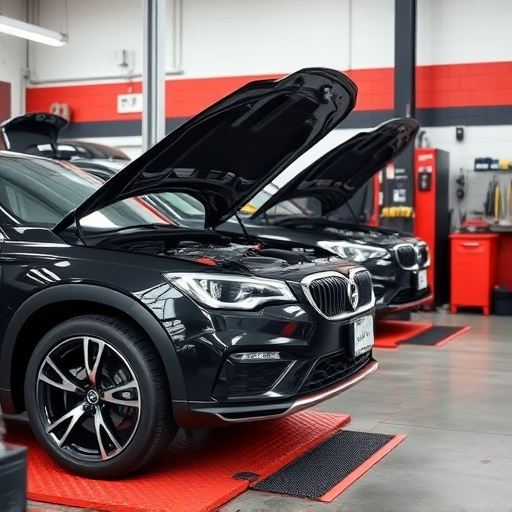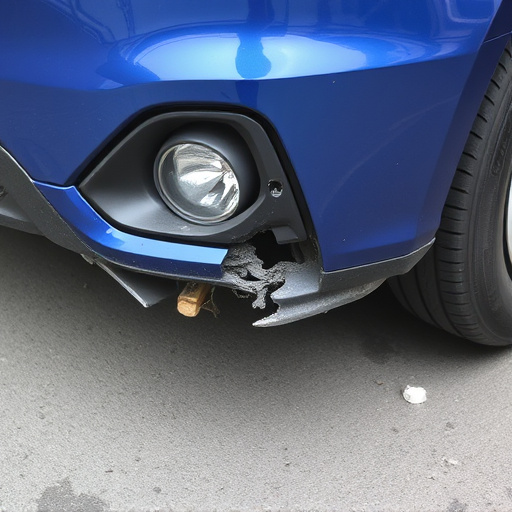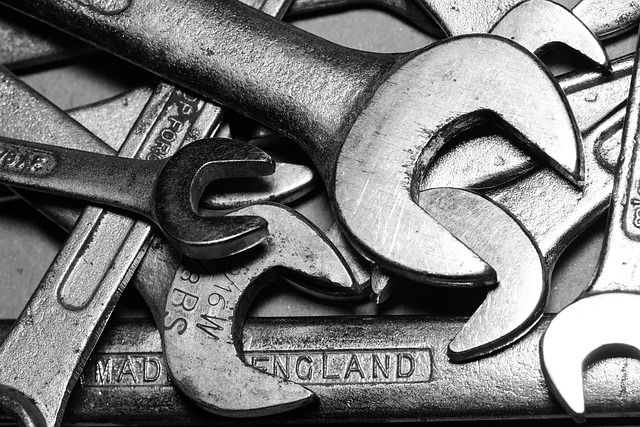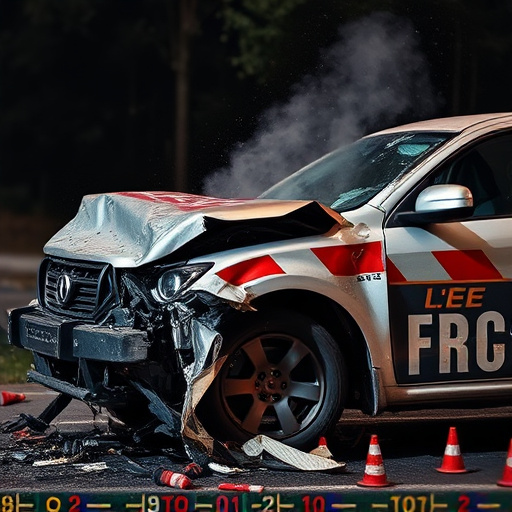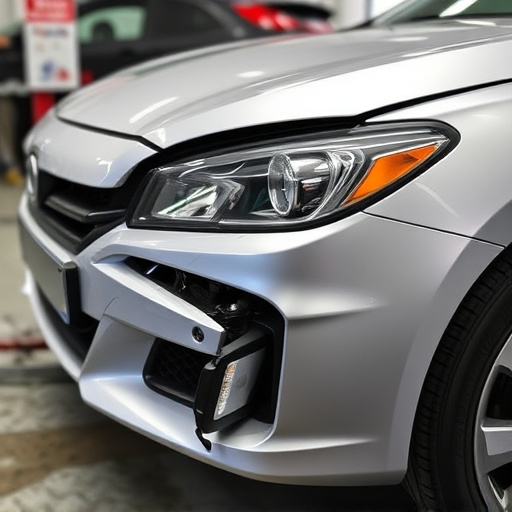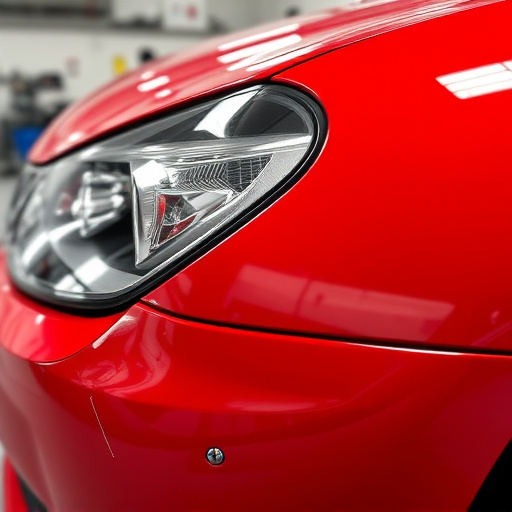Frame damage assessment is a key process for determining the viability of repairing a damaged vehicle, utilizing advanced tools like laser scanners and computer-aided measurements to detect hidden structural issues. Experts meticulously examine body panels, joints, and welds, combining visual inspections with historical data from maintenance records. This multi-faceted approach enables informed decisions between costly repairs or acquiring a new vehicle, prioritizing safety and reliability for car owners.
Frame damage assessment is a critical process that determines whether a vehicle can be repaired or if it’s a total loss. This comprehensive guide explores the foundational role of frame damage assessment in making informed repair decisions. We delve into the key factors and metrics considered during these evaluations, providing a detailed look at how professionals assess frame integrity. By understanding these processes, car owners can navigate the repair vs. total loss dilemma with confidence, guided by accurate frame damage assessments.
- Understanding Frame Damage Assessment: The Foundation of Repair Decisions
- Key Factors in Evaluating Frame Damage: A Comprehensive Look
- Navigating Repair vs. Total Loss: Using Assessment to Guide the Way Forward
Understanding Frame Damage Assessment: The Foundation of Repair Decisions

Understanding Frame Damage Assessment is pivotal when deciding between auto collision repair or declaring a vehicle as a total loss. This meticulous process involves evaluating the structural integrity of a vehicle’s frame, which serves as its backbone. During an accident, even minor ones, the frame can incur hidden damage that might not be immediately apparent. That’s where specialized tools and trained technicians come in, using advanced diagnostic methods to uncover these nuances.
Frame damage assessment goes beyond visual inspection, delving into the intricacies of the vehicle’s body panels, joints, and welds. Technicians employ techniques such as laser scanning and computer-aided measurements to pinpoint precisely where the frame has been affected. This data allows for informed decisions about whether an auto collision repair is feasible, or if the cost and effort involved would be better directed towards a new vehicle, thereby ensuring safety and reliability in the long run.
Key Factors in Evaluating Frame Damage: A Comprehensive Look

When assessing frame damage, several critical factors come into play, each demanding meticulous attention to ensure an accurate evaluation. The visual inspection is a fundamental first step, where experienced technicians meticulously scrutinize the car’s exterior and interior for any signs of deformation or misalignment. This includes checking for dents, cracks, or buckling in the body panels, which could indicate structural integrity issues. Using specialized tools like laser measurement devices or frame pullers helps quantify the extent of damage, enabling a detailed analysis.
Moreover, evaluating the frame’s alignment and safety systems is paramount. Auto repair shops equipped with advanced diagnostic equipment can assess the vehicle’s suspension, steering, and braking mechanisms to ensure they function optimally post-repair. Considering these aspects in conjunction with historical data from auto maintenance records provides a comprehensive view of the frame damage assessment process, guiding decisions between costly repairs or declaring total loss for auto repair services.
Navigating Repair vs. Total Loss: Using Assessment to Guide the Way Forward
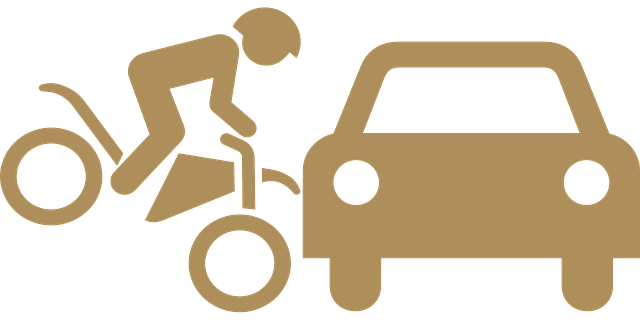
Navigating the decision between repairing a vehicle with frame damage or declaring it a total loss can be daunting. However, a thorough frame damage assessment plays a pivotal role in guiding this critical choice. This process involves meticulous inspection to determine the extent of the damage, considering factors like structural integrity, cost of repairs versus replacement value, and aesthetic restoration potential.
By leveraging car bodywork services that specialize in auto body repair, professionals can accurately gauge the feasibility of mending the frame. Auto maintenance experts utilize advanced tools and techniques during this assessment to identify hidden flaws or areas of weakness that might compromise safety if left unaddressed. Ultimately, a well-conducted frame damage assessment empowers owners to make informed decisions, ensuring they receive the best possible outcome whether opting for repairs or embracing a total loss scenario.
Frame damage assessment is a crucial process that forms the basis of informed decisions regarding vehicle repair or total loss. By meticulously evaluating key factors, experts can navigate the complex landscape of frame damage, ultimately guiding owners toward the most viable path—be it a successful repair or acknowledging the necessity of a new vehicle. This strategic approach ensures that every decision is data-driven and aligned with the safety and integrity of the vehicle’s structure.

